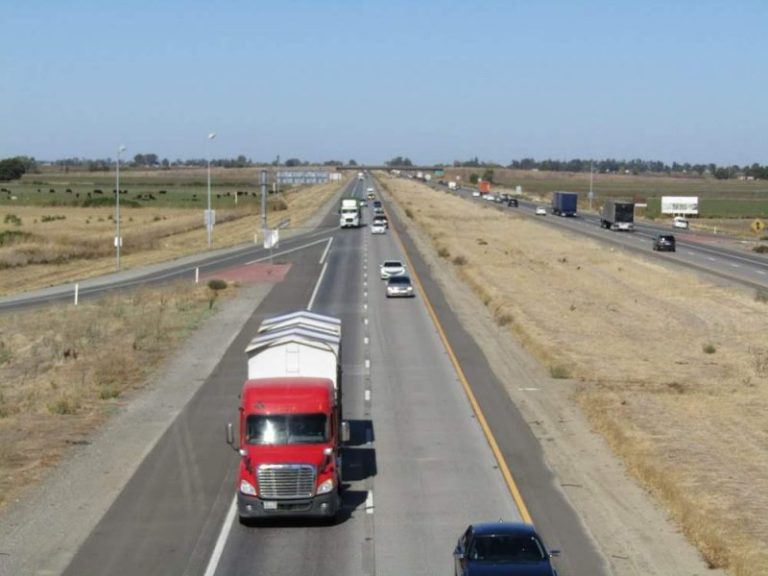Proving Negligence After Personal Injury
From expensive medical bills to serious injuries that disrupt your everyday life, accidents caused by the negligence of others can have a profound, stressful effect on your livelihood. Though legal action may be daunting, it’s important to seek fair compensation for your suffering when appropriate.
However, you’ll first need to prove negligence. To learn more about your personal injury claim, contact our Phoenix personal injury attorneys at the ELG Law. Our team of personal injury lawyers is here to help with a free consultations for legal aid.
Duty and Breach of Duty
The first step in your negligence claim is determining whether the defendant owed you a legal duty of care. For example, a motorist has a legal duty to drive safely and follow the state’s traffic laws. Another example is a professional obligation where a defendant has a duty to a plaintiff, like a doctor-patient relationship.
Once you’ve established that the defendant had an obligation to ensure your safety as the plaintiff in some way, you will have to prove that they breached this duty. This requires you to show a reasonable individual in the same situation would have behaved differently than the defendant and reached an outcome not resulting in your injury.
Again, a driver has an obligation to operate their vehicle in a manner that promotes the safety of others on the roadway. Driving recklessly or while impaired, for example, breaches this duty and is also against the law in Arizona.
Proving Causation
 However, it’s not enough to show a breach of duty. The next step is proving that your injury was caused by the defendant’s negligence. This means that you’ll have to produce evidence showing the defendant’s actions or inactions resulted in your injury. In these claims, there are two types of causation: Cause and Proximate Cause. A cause is applicable if the defendant’s actions were a direct cause of the plaintiff’s injury.
However, it’s not enough to show a breach of duty. The next step is proving that your injury was caused by the defendant’s negligence. This means that you’ll have to produce evidence showing the defendant’s actions or inactions resulted in your injury. In these claims, there are two types of causation: Cause and Proximate Cause. A cause is applicable if the defendant’s actions were a direct cause of the plaintiff’s injury.
In other words, if a driver runs a stop sign and strikes a pedestrian crossing the street, that driver caused the pedestrian’s injuries directly.
Proximate cause occurs when a plaintiff’s injury was an obvious but indirect result of the defendant’s actions. For example, if a homeowner has a missing paver in their sidewalk and a guest trips and falls, that is proximate causation. The homeowner didn’t directly cause the victim’s injuries, but their inaction and breach of duty in maintaining or fixing their broken sidewalk did.
Seeking Damages
The final step is proving actual damages. This damages will comprise any expenses directly related to the defendant’s action or inaction, including medical expenses or property damage.
To file a personal injury claim, list a monetary value that the court can utilize to compensate for your loss. Furthermore, you must remember that the statute of limitations in Arizona is two years, so you have two years from the date of your injury to file and prove your case.
Personal Injury Attorney in Phoenix
Most importantly, contact an attorney if you’ve been injured and have questions about filing a personal injury claim. A lawyer can help you organize the facts of your case and explore your legal options.
Contact our Phoenix personal injury lawyers at ELG Law today at (623) 562-3838 for a free, no-hassle consultation.
Law News Feed
All NewsWho Is Liable for Damages After a Truck Accident?
According to information from the National Highway Traffic Safety Association, more than 2,500 truck accidents occur each year in Arizona. It goes without sayin…
Common Injuries After a Motorcycle Accident
Motorcycle accidents kill or severely injure individuals more frequently than any other type of crash, resulting in immense amounts of suffering and financial d…

